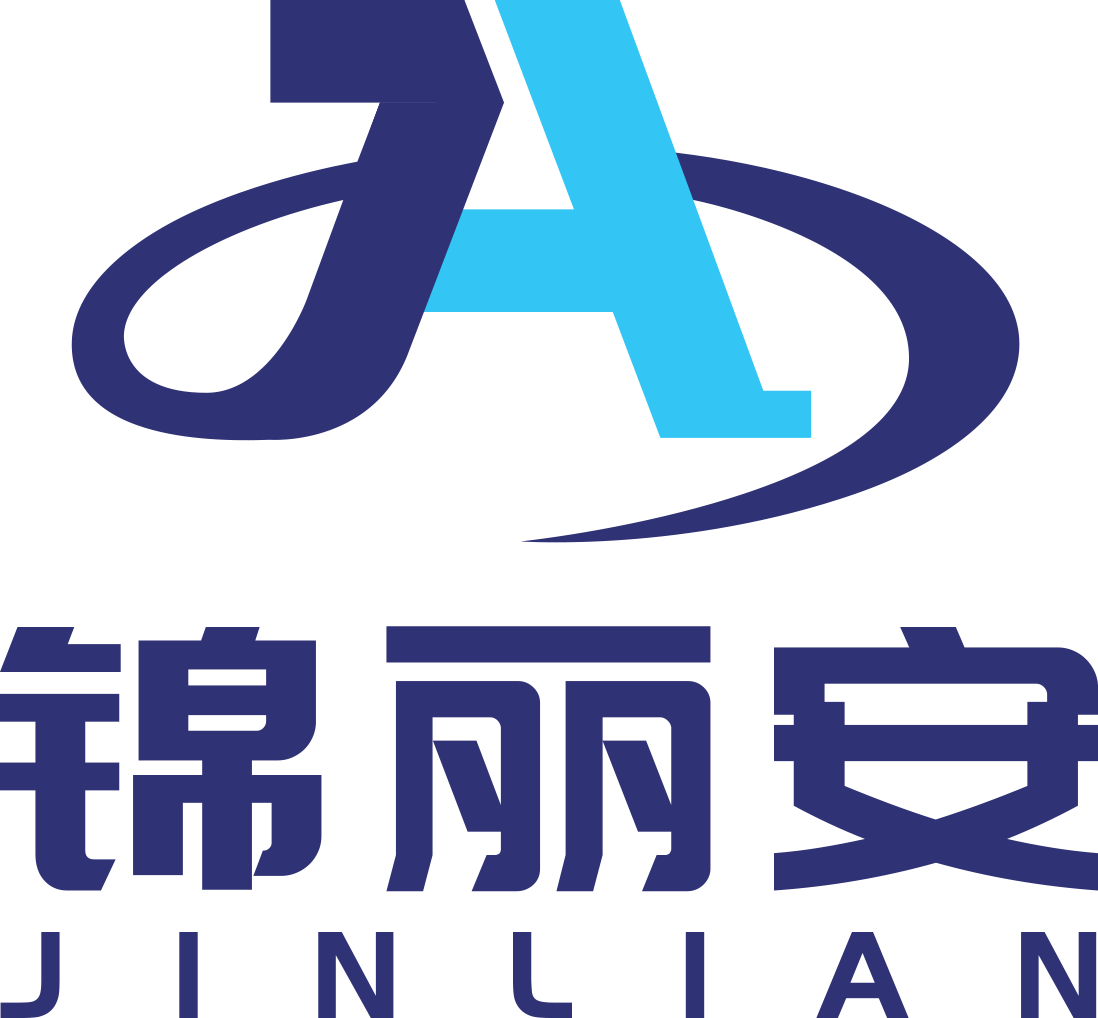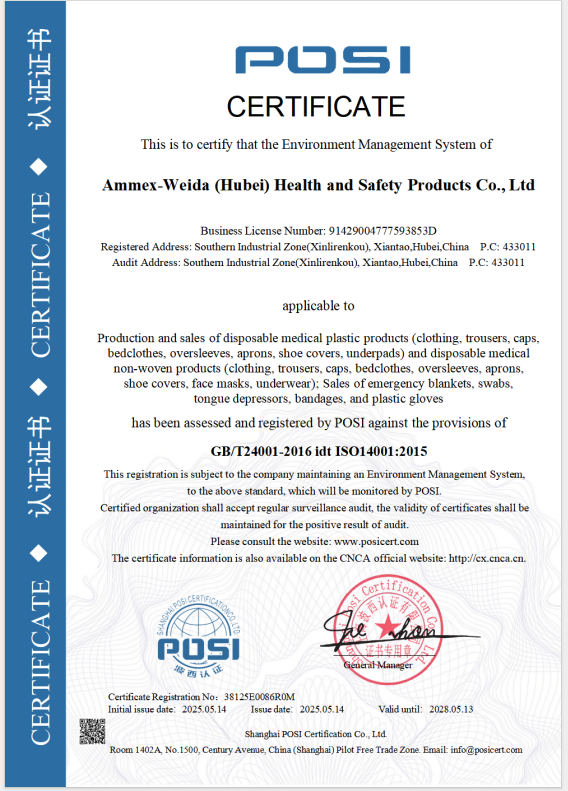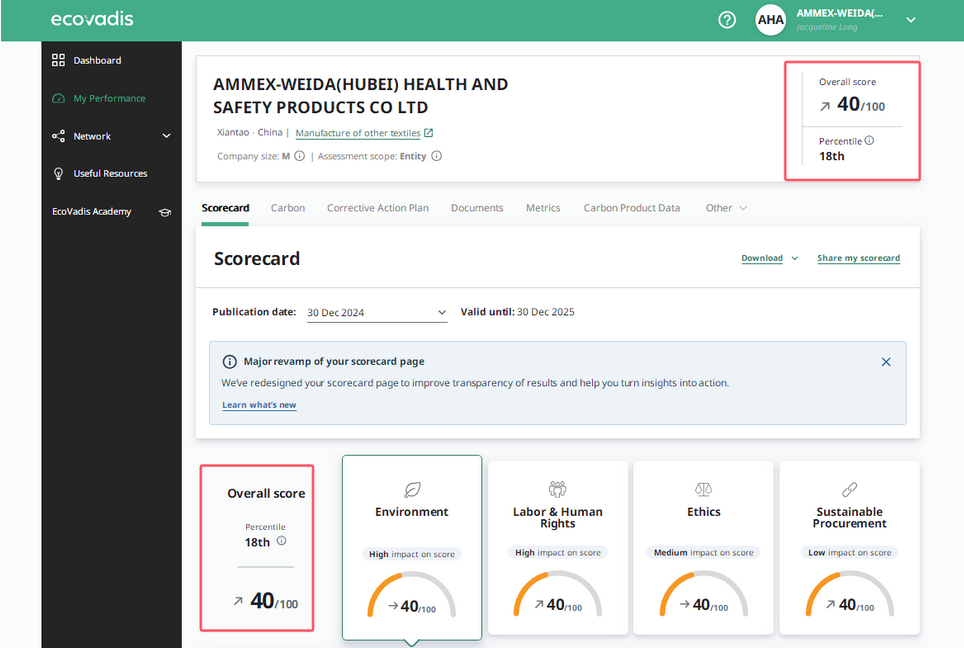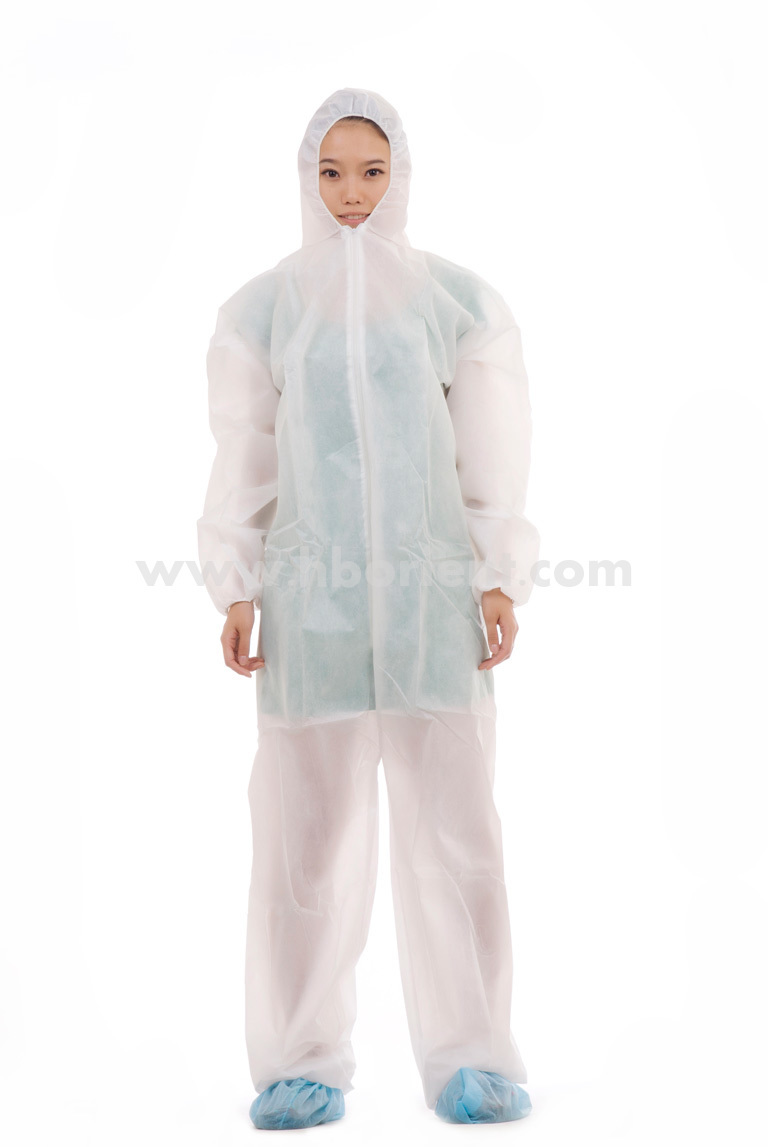Choosing the Right Tyvek Cleanroom Suit: A Comprehensive Buying Guide
2025-05-11
Choosing the Right Tyvek Cleanroom Suit: A Comprehensive Buying Guide
Table of Contents
- Introduction to Tyvek Cleanroom Suits
- What is Tyvek Material?
- The Importance of Cleanroom Suits in Various Industries
- Types of Tyvek Cleanroom Suits Available
- Key Features to Consider When Choosing a Tyvek Cleanroom Suit
- Fit and Comfort: Why They Matter
- Cost and Budget Considerations
- Maintenance and Care for Tyvek Cleanroom Suits
- Frequently Asked Questions
- Conclusion
Introduction to Tyvek Cleanroom Suits
In industries where cleanliness and sterility are paramount, **Tyvek cleanroom suits** serve as an essential line of defense against contaminants. The right suit not only protects the wearer's health but also maintains the integrity of the environment. This guide aims to provide a comprehensive understanding of Tyvek cleanroom suits, ensuring you select the best option tailored to your needs.
What is Tyvek Material?
Tyvek is a brand of flashspun high-density polyethylene fibers, which creates a unique non-woven material known for its durability and breathability. These properties make it an excellent choice for cleanroom environments. Tyvek suits are lightweight and provide a significant barrier against dry particles, biological contaminants, and some chemical splashes. Understanding Tyvek’s characteristics will help you appreciate why it’s a top choice in cleanroom applications.
The Importance of Cleanroom Suits in Various Industries
Cleanroom suits play a critical role in several industries, including:
- **Pharmaceuticals:** To prevent contamination of sterile products.
- **Electronics:** To protect sensitive components from particulate damage.
- **Food Processing:** To maintain hygiene and safety standards.
- **Healthcare:** To safeguard both patients and staff in sterile environments.
Wearing Tyvek cleanroom suits ensures that employees are adequately protected, while also maintaining the cleanliness of the work environment, thus adhering to strict industry standards.
Types of Tyvek Cleanroom Suits Available
When selecting a Tyvek cleanroom suit, you will encounter a variety of styles, each designed for specific applications. Here are the main types:
1. Full Body Suits
These provide complete coverage from head to toe, often including hoods, gloves, and booties. Full-body suits are ideal for environments with stringent contamination controls.
2. Coveralls
These are less restrictive than full-body suits and are typically used in less controlled environments. They offer good protection while allowing for increased mobility.
3. Lab Coats
Tyvek lab coats are suitable for environments needing moderate protection. They are often used in laboratories and can be layered over regular clothing.
4. Disposable vs. Reusable Suits
While most Tyvek suits are disposable, some are designed for multiple uses, offering cost efficiency for long-term projects. Choosing between disposable and reusable will depend on your specific requirements and budget.
Key Features to Consider When Choosing a Tyvek Cleanroom Suit
When selecting a Tyvek cleanroom suit, consider the following key features that can significantly impact its effectiveness and comfort:
1. Barrier Protection
Ensure that the suit provides the necessary barrier against the specific contaminants present in your workspace. Look for suits that meet industry standards for particle and microbial filtration.
2. Breathability
High breathability is essential for comfort, especially in environments where wearers may be active for extended periods. Select suits with moisture-wicking properties to enhance comfort.
3. Size and Fit
An appropriately sized suit ensures both comfort and protection. Consider the fit—too tight can restrict movement, while too loose may compromise the protective barrier.
4. Seam Construction
Pay attention to seam types. **Taped seams** provide better protection against contaminants than serged seams. This feature is particularly important in highly sterile environments.
5. Additional Features
Look for features such as elastic cuffs, ankle closures, and hoods for added protection. Some suits come with built-in gloves or face masks, adding extra layers of defense.
Fit and Comfort: Why They Matter
Choosing a suit that fits well is crucial. An ill-fitting suit can not only compromise protection but also lead to discomfort. A comfortable suit allows for better concentration and efficiency in tasks. It's advisable to consider:
- **Sizing Charts:** Refer to the manufacturer's sizing charts to select the right size.
- **Mobility:** Ensure that the suit allows for a full range of motion. Try on different designs to find what works best for you.
Cost and Budget Considerations
Budgeting for Tyvek cleanroom suits can vary significantly based on features, types, and quantities. While disposable suits may present lower upfront costs, reusable options can be more economical in the long run. Consider the following:
- **Bulk Purchasing:** Buying in bulk often leads to discounts.
- **Lifecycle Costs:** Factor in the cost of disposal for single-use suits versus cleaning for reusable options.
- **Long-term Needs:** Assess your long-term operational needs, which can help guide your budget choices.
Maintenance and Care for Tyvek Cleanroom Suits
Proper maintenance of Tyvek cleanroom suits can extend their life and ensure they continue to provide effective protection. Here are some essential tips:
1. Disposal
For disposable suits, adhere to local regulations regarding disposal to avoid environmental contamination.
2. Cleaning Reusable Suits
If using reusable suits, follow the manufacturer's instructions for cleaning to avoid damaging the protective qualities of the material.
3. Inspection
Regularly inspect your suits for any signs of wear and tear. Replace suits that show signs of damage to maintain a high level of protection.
Frequently Asked Questions
1. Are Tyvek cleanroom suits waterproof?
While Tyvek suits offer some resistance to splashes, they are not completely waterproof. They provide a barrier against dry particles and certain liquids, but prolonged exposure to water can compromise their integrity.
2. Can I wash and reuse Tyvek suits?
Most Tyvek suits are designed for single use. However, some models are reusable and can be washed safely per the manufacturer’s guidelines.
3. How do I choose the right size Tyvek cleanroom suit?
Refer to the manufacturer's sizing chart and consider your measurements. It’s essential to select the right fit to ensure maximum protection and comfort.
4. What industries require Tyvek cleanroom suits?
Common industries include pharmaceuticals, electronics, food processing, and healthcare, where contamination control is crucial.
5. How do I know if a Tyvek suit meets regulatory standards?
Check for certifications or compliance markings on the suit’s packaging, ensuring they meet industry-specific regulations such as ISO or ASTM standards.
Conclusion
Selecting the right Tyvek cleanroom suit is crucial for maintaining safety, cleanliness, and efficiency in controlled environments. Understanding the various types of suits available, their features, and the importance of fit and comfort will guide you in making an informed choice. By keeping all these factors in mind, you can ensure you choose a cleanroom suit that meets your specific needs, ultimately protecting both your health and the integrity of your work environment.
Latest News


Quick Navigation
Ammex-Weida(Hubei) Health and Safety Products Co.,Ltd (Chinese Version)
Contact Us
5F,BLDG No.8,SOHO Town,CBD,Huaihai Road,Jianghan District,Wuhan,Hubei,China
Copyright © Hubei Orient International Trading Corporation






